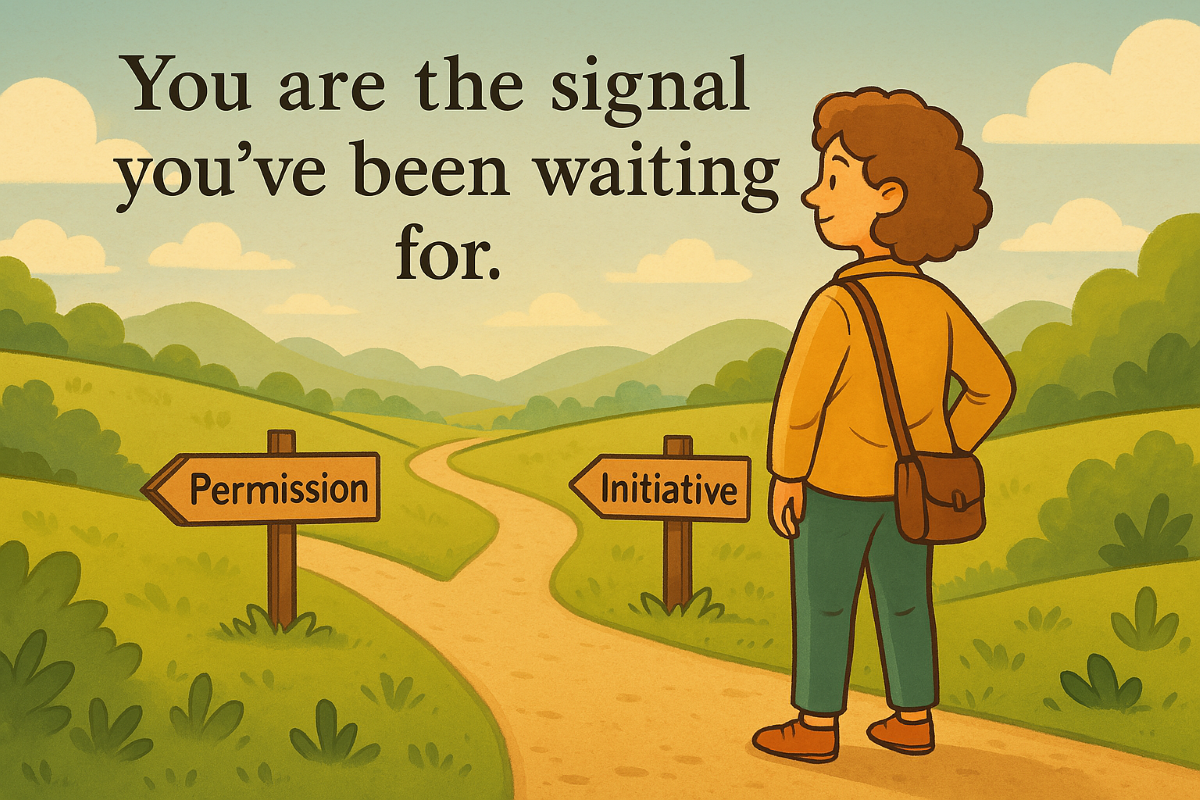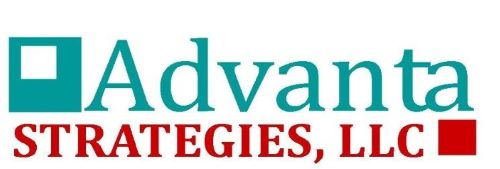Mood Boards to Mic Drops – Using Visual Aids Like a Pro:
1. Keep it Simple
A clean, uncluttered visual is easier for your audience to absorb quickly. Too much text, too many images, or busy backgrounds can distract from the message you’re delivering. Think of visuals as highlights; your words carry the weight, and the slides emphasize them.
2. Match Visuals to Audience Needs
The same slide deck won’t work for every crowd; students, clients, and executives all look for different kinds of clarity. Always ask yourself, “What does this group need to see to understand and trust my message?” When visuals are tailored to their level of knowledge and interest, your credibility grows.
3. Let Visuals Support, Not Overshadow, Your Words
Slides, props, or images should amplify your story, not compete with it. If the audience is reading or staring at graphics instead of listening, your visuals are too dominant. The goal is to keep attention anchored on you, with your visuals acting like a spotlight, guiding focus precisely where you want it.
When you treat visuals as your partner, rather than your replacement, your message lands with power. Simple, audience-focused, and supportive visuals make you look polished, professional, and memorable. Remember: they came to hear you—the visuals are just the stage lights that help your voice shine.
#Blogboost #HowToSucceedInAFailingWorld, #KeepLeading, #YourNextChapter,#AdvantaStrategies #StrategicThinking
Alzheimers Walk
Walked Hudson River Bridge to End Alzheimers
The Designer’s Advantage – Speaking with Pictures and Plans
Behind every great design is a story: a spark of inspiration, a client’s dream, a challenge overcome.
Conflict Resolution Starts with Conversation
In design and in business conflict is inevitable. Whether it’s a client who changes direction mid-project or a team member who misses a deadline, tensions can rise fast. But most conflicts don’t come from bad intentions; they come from miscommunication. The good news? Strong communication skills can turn potential clashes into opportunities for collaboration and clarity.
Motivating Your Team Through Powerful Words
Design leadership isn’t just about making creative choices—it’s about motivating the people who bring those choices to life. The right words can turn a project into a movement.
Organizing a Speech Like You Organize a Space: Function Meets Flow
“Design is intelligence made visible.” – Alina Wheeler Designers know that great spaces aren’t accidents; they’re carefully planned for flow, balance, and purpose. The same rule applies to speeches: when your structure works, your message shines. ...
Know your Audience: Tailoring Presentations
Whether you’re pitching to a client, a builder, or a board, one size never fits all. The secret to a powerful presentation lies in knowing exactly who’s in the room—and speaking their language.
Join Our Newsletter
Advanta Strategies, LLC
814-360-1950
linda@advantastrategies.com









Love your 3rd tip. As I develop presentations or use visual aids, I ask myself, Is this supporting my presentation or a distraction? It really helps me anchor what I prepare.
Helpful tips! Stopping by from the UBC.
Love your title!! And I think you’re right – visuals can really help, but you don’t want them to steal the show.